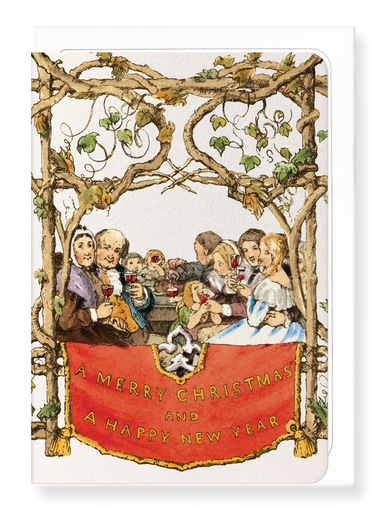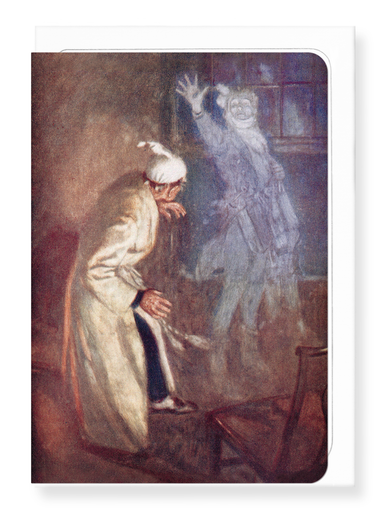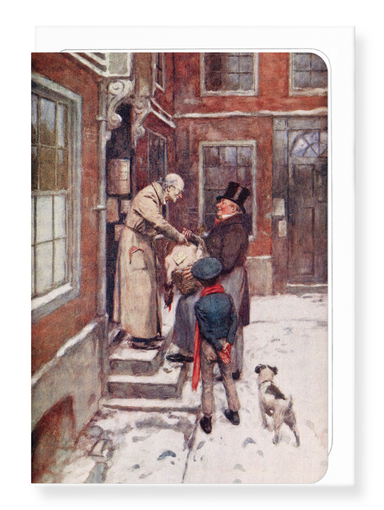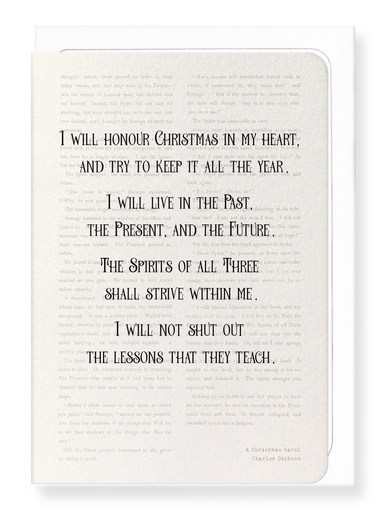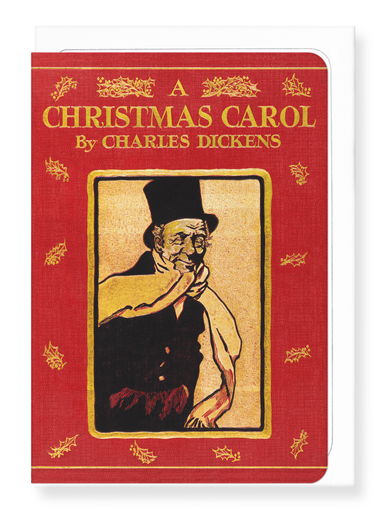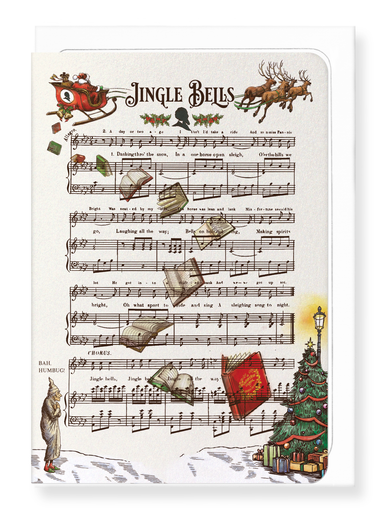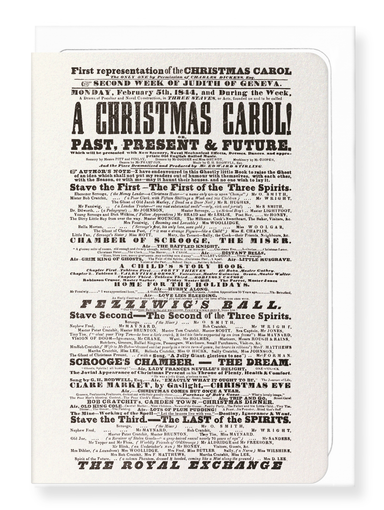Greeting card

SCROOGE FOX: Japanese Greeting Card
Login to view pricing
Text on the reverse side: A contemporary Scrooge adaptation of a Japanese woodblock print by Koson (1877-1945). Japanese folklore portrays the fox...
View full details




